netflix’ s original Frankenstein, Guillermo del Toro’s reimagining of Mary Shelley’s classic, is the culmination of more than 30 years of personal longing. More than just a remake, it delves deeply into themes of creation and responsibility, fatherhood and humanity, and here are six behind-the-scenes highlights.
1. a lifelong wish, 30 years in the making
del Toro, who has considered Frankenstein his bible since childhood, has attempted to adapt the story into a movie on numerous occasions, but has been thwarted by writer’s strikes and studio rejections. “It’s the last thing I want to do before I die,” he said of his collaboration with Netflix.
2. the gaze of the other, not the creator
unlike his previous films, this one doesn’t stick to the monster narrative of birth, revenge, and destruction, but instead looks at the world through the eyes of a “newborn other. in the words of the director, “Monsters are made of emotions, not scars,” and instead of the sutured, metallic look of the previous films, we reimagined them as fragile and human.
3. analog, handcrafted philosophy and sets
the sets were actually hand-built in Toronto for the interiors and around Scotland and London for the exteriors, eschewing digital-AI effects as much as possible in favor of classic mise-en-scène with candlelight and natural light. the art and cinematography team’s years of handcrafted know-how contributed to the realism of the work.
4. jacob Elodie, last-minute casting
andrew Garfield was originally set to play the monster, but he dropped out due to scheduling issues, and Jacob Elodie stepped in nine weeks before production began. The makeup team had to redesign the entire character at short notice, and Elodie incorporated Japanese butoh dance and Mongolian fumi-chang into his acting studies.
5. emotions and social messages beyond the source material
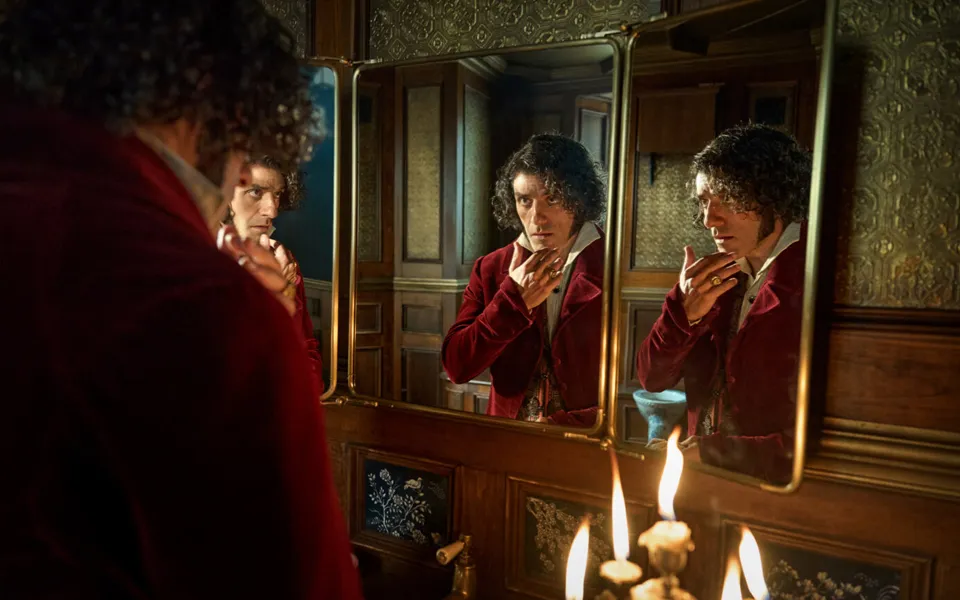
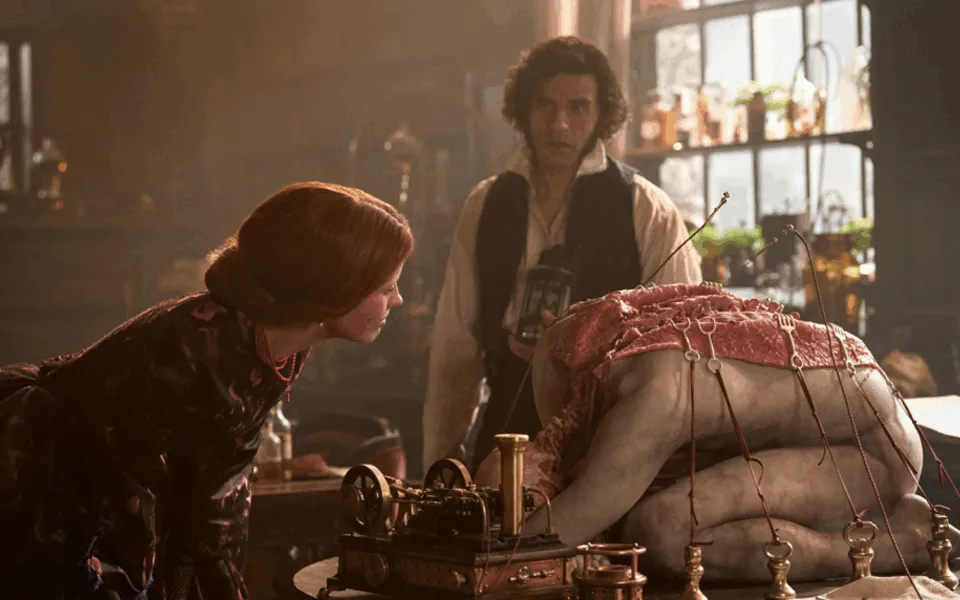

the film goes beyond the traditional monster=creature/victim narrative to focus on issues of identity, responsibility, and legacy across the creator-creature-father relationship, particularly in light of del Toro’s own real-life fatherhood and traumatic childhood experiences.
6. music, mise-en-scene, and the heart of the monster
alexandre Desplat’s score eschews traditional horror music in favor of a violin, piano, and harp score that depicts delicate moments of psychology and growth. the director emphasized analog sounds and field breathing and friction to convey the emotional texture of a new life’s first heartbeat.

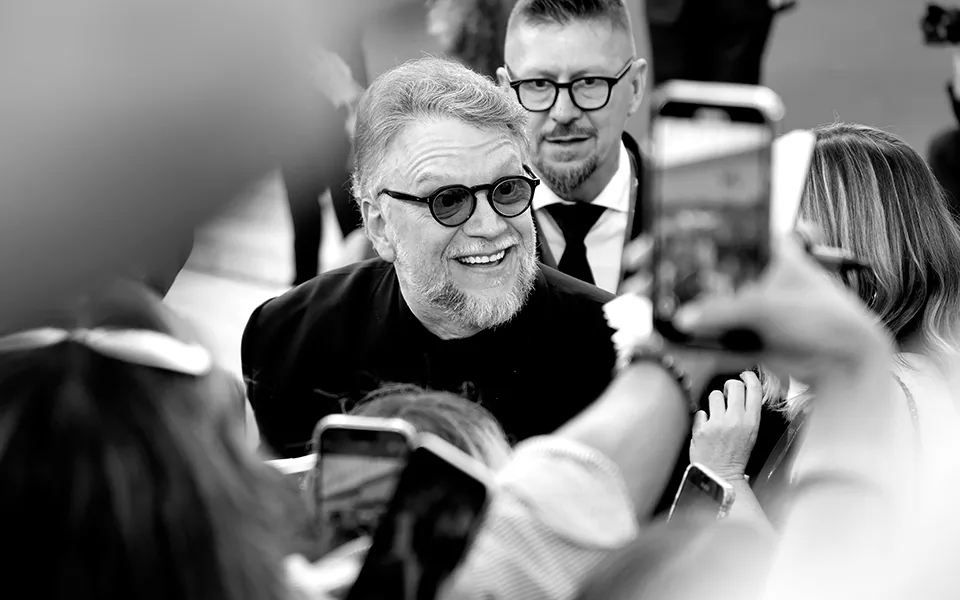
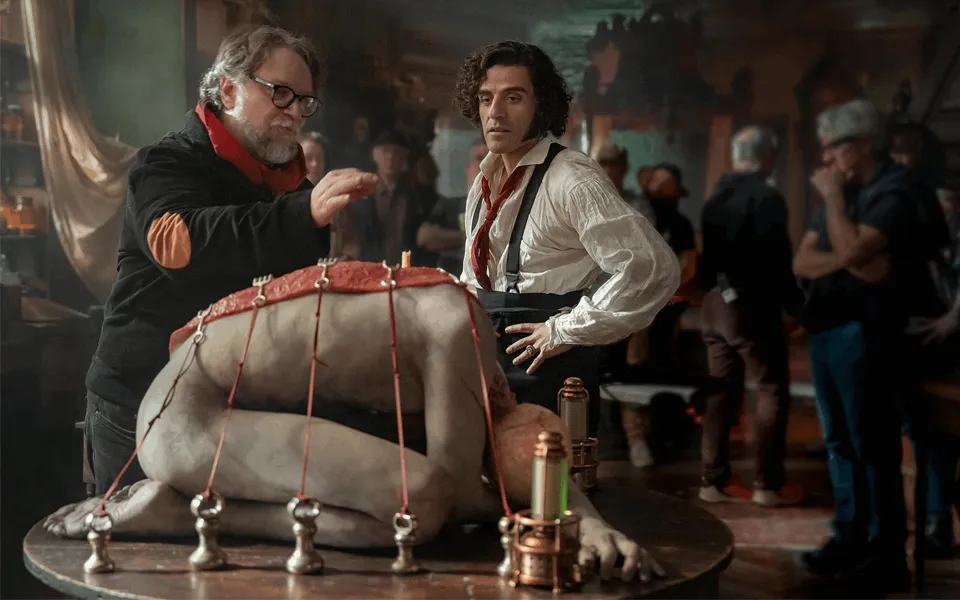
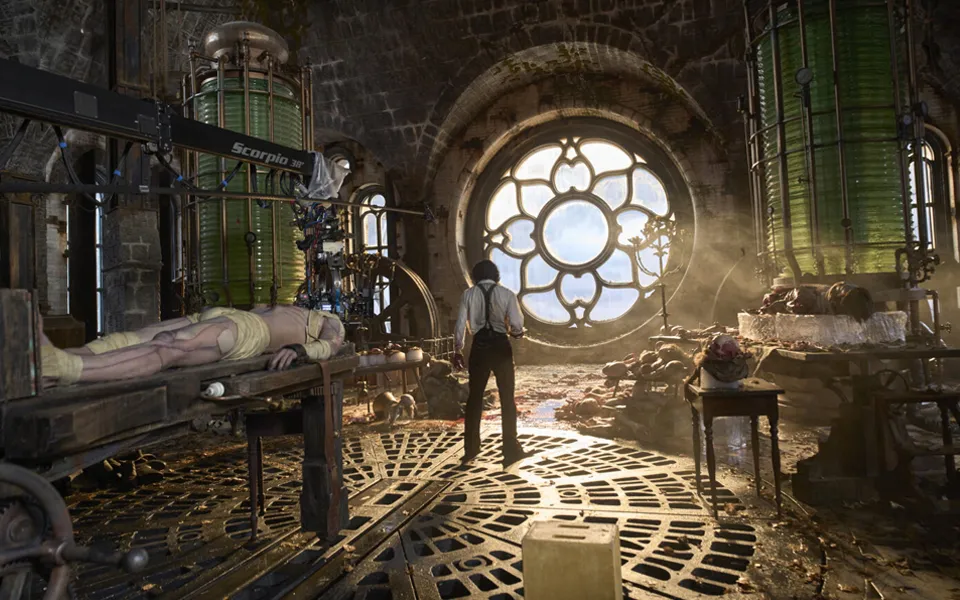
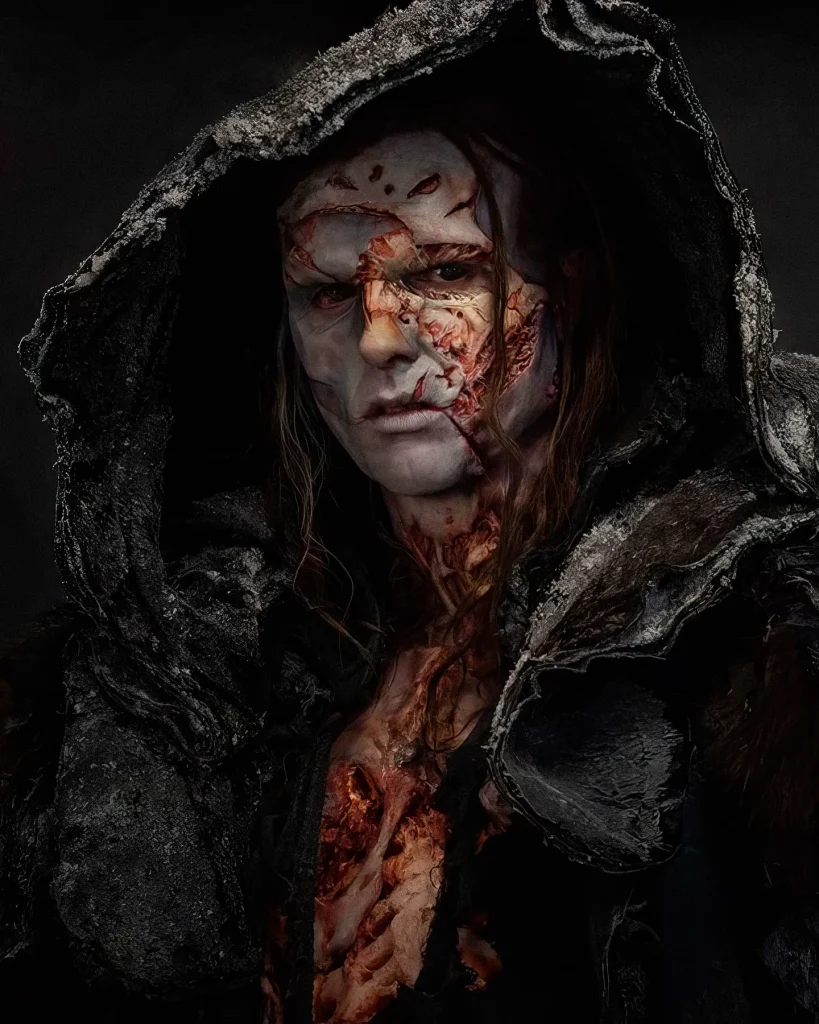
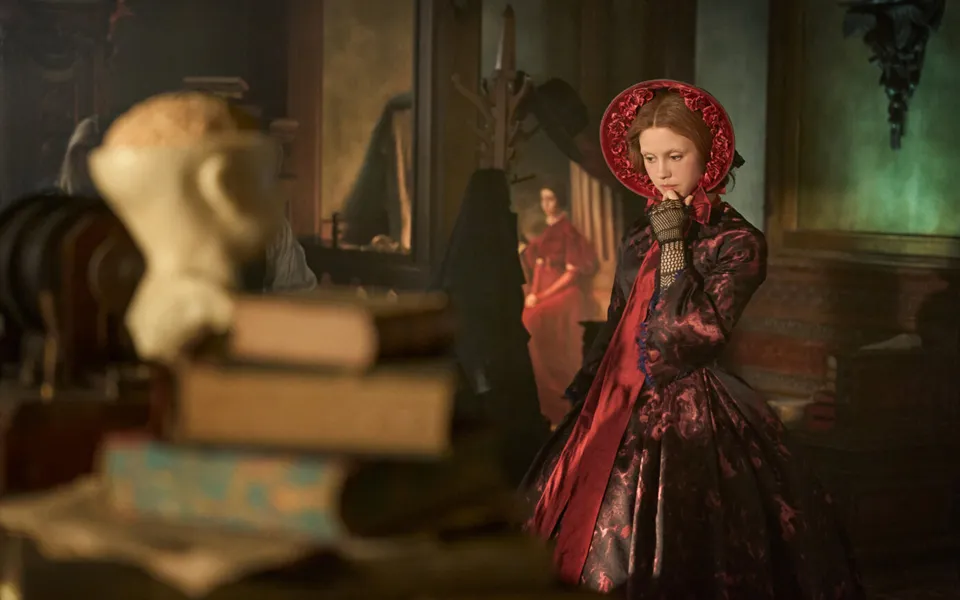
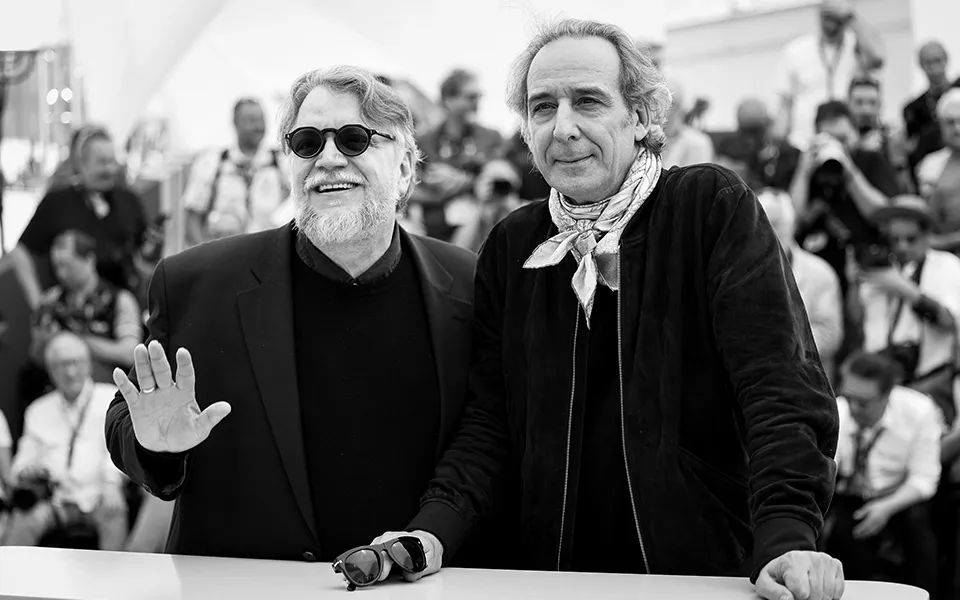

📝 리뷰 작성하기